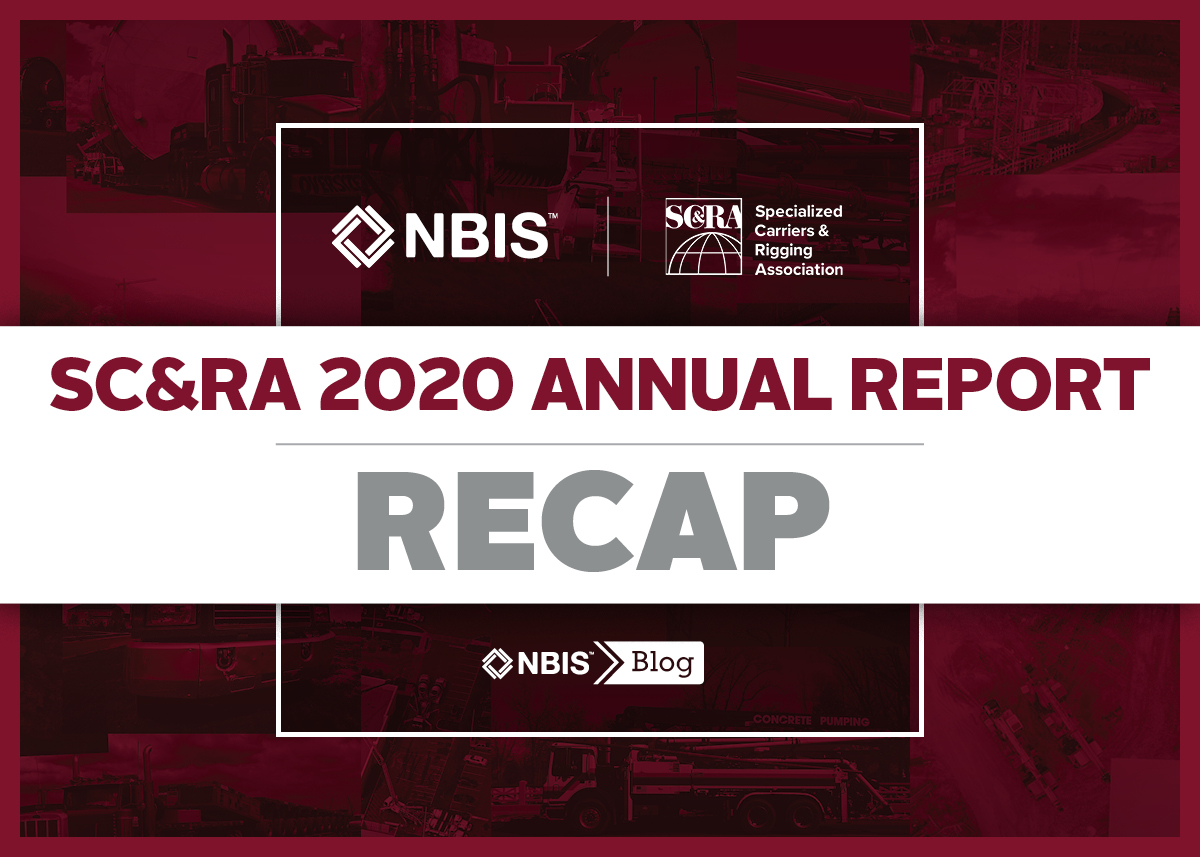by Bill Hebron
Most carriers who’ve been operating in the transportation arena for any length of time will already be very familiar with driver qualification files. The driver qualification file, or DQ file, is a Federal Motor Carrier Safety Administration (FMCSA) record-keeping requirement that motor carriers must meet for every employed driver. Because we field so many questions about this essential element of operating a commercial fleet of any size, we’ll address core elements of the standard as well as outline some best practices pertaining to DQ files.
Any discussion of standards and rules necessitates a careful approach to determining your company’s plan for staying compliant. However, a number of factors specific to the transportation industry (a highly litigious landscape and the potential for safety and qualification records to be pulled and cited at any time, to name a few) lead us to very strongly recommend going beyond bare compliance.
The Standard
Each DQ file must contain, at a minimum, the following items, and must be retained for the duration of the driver’s employment and three years thereafter. For additional information, full DQ file standards can be viewed via §391.51.
DQ Files – What Should They Include?
- The driver’s application for employment completed in accordance with §391.21;
- A copy of the motor vehicle record received from each State record pursuant to §391.23(a)(1);
- The certificate of driver’s road test issued to the driver pursuant to §391.31(e), or a copy of the license or certificate which the motor carrier accepted as equivalent to the driver’s road test pursuant to §391.33;
- The motor vehicle record received from each State driver licensing agency to the annual driver record inquiry required by §391.25(a);
- A note relating to the annual review of the driver’s driving record as required by §391.25(c)(2);
- A list or certificate relating to violations of motor vehicle laws and ordinances required by §391.27;
- The medical examiner’s certificate as required by §391.43(g) or a legible copy of the certificate;
- A Skill Performance Evaluation Certificate obtained from a Field Administrator, Division Administrator, or State Director issued in accordance with §391.49; or the Medical Exemption document, issued by a Federal medical program in accordance with part 381 of this chapter; and
- For drivers not required to have a CDL, a note relating to verification of medical examiner listing on the National Registry of Certified Medical Examiners required by §391.23(m)(1).
Managing DQ Files Properly
While it’s essential to fully understand the DOT rule regarding DQ files, we want to point out that the official standard should be regarded as the bare minimum of DQ file management. The following best practices expand upon some of the most important elements of the DOT standard.
A. Motor Vehicle Record (MVR) Management
The second item in the list of DQ file requirements states that the DQ file must contain a copy of the MVR for each state. We recommend a more thorough approach wherein carriers pull MVRs multiple times per year, which lessens the chance they could be caught off-guard by any real-time CDL changes.
If it makes sense for your company, consider an MVR monitoring service (Embark Safety’s recent article, “What Are the Best MVR Companies?”, offers an excellent overview of some options) so that you are kept apprised of a driver’s CDL changes immediately. You want to be doing all you can to ensure that your drivers and your equipment are always working for you, not sidelined due to violations or missed re-certification requirements.
B. Road Tests
Item number three in the standard indicates carriers must retain, in all DQ files, a certificate of the driver’s road test or proof of the paperwork accepted as equivalent to a road test. We recommend minimizing risk at the outset by always road-testing your drivers yourself. The nature of specialized equipment is so complex and variable that it’s in your best interest to be absolutely sure your drivers can operate business-specific equipment and vehicles.
C. Paperless File Management
While going paperless is a great way to streamline operations and reduce your company’s carbon footprint, remember that you still need to be able to readily print any elements of the DQ file should a DOT inspector request them.
D. Define How You’ll Manage Driver Renewals
We know that when business is flowing and you’ve got multiple projects to deliver, the last thing on your mind is whether your drivers’ CDLs are up-to-date and valid. Unfortunately, it falls to fleet managers to ensure there’s no chance a driver is on the road illegally while driving a company vehicle. Many carriers choose to automate, through third-party providers, the management of their drivers’ various certifications and licenses. It’s a great way to make sure that your bases are covered while you focus on running your business. If you do go this route, remember that the carrier is ultimately responsible for maintaining drivers in good standing.
While leveraging a third-party service can be a very efficient approach, it won’t be the right choice for every carrier. If your size or budget negates the use of a third-party service, you can still stay on top of it by systematizing your approach. Create a calendar that automatically alerts you to upcoming renewals, and follow up with your drivers to make sure they renew when they need to.
E. Drug and Alcohol Clearinghouse Queries
In early 2020, the FMCSA launched the Commercial Driver’s License Drug and Alcohol Clearinghouse, a secure online database that gives employers, the FMCSA, State Driver Licensing Agencies (SDLAs), and State law enforcement personnel real-time information about commercial driver’s license (CDL) and commercial learner’s permit (CLP) holders’ drug and alcohol program violations.
The Clearinghouse rule requires FMCSA-regulated employers, medical review officers (MROs), substance abuse professionals (SAPs), consortia/third-party administrators (C/TPAs), and other service agents to report to the Clearinghouse information related to violations of the drug and alcohol regulations in 49 Code of Federal Regulations, Parts 40 and 382 by current and prospective employees.
- Employers are required to conduct a ‘Full’ Clearinghouse query for all prospective employees’ drug and alcohol violations before permitting those employees to operate a CMV on public roads.
- Employers are required to conduct an annual ‘Limited’ Clearinghouse query for each driver they currently employ.
- The initial query and all subsequent queries for all employed drivers should be kept in DQ files.
F. Know the Difference Between DQ Files and Personnel Files
Our last point pertains to the proper management of the DQ file. We often see that carriers are storing DQ materials in the same files as information/documents relating to human resources/personnel matters. It’s important to keep these files tidy and quickly accessible should a DOT inspector request DQ file materials. Personnel information, including training documentation, should be kept separately.
NBIS is well-versed in the requirements of the DQ file standard and how to remain in compliance while properly managing the various risks associated with employing drivers and maintaining a fleet of commercial vehicles of any type. Visit NBIS.com for more information, subscribe to the NBIS Blog at nbis.com/blog to learn more about this and other topics, and call (866) 668-6247 if you would like personalized help ensuring your DQ files are in top shape.






